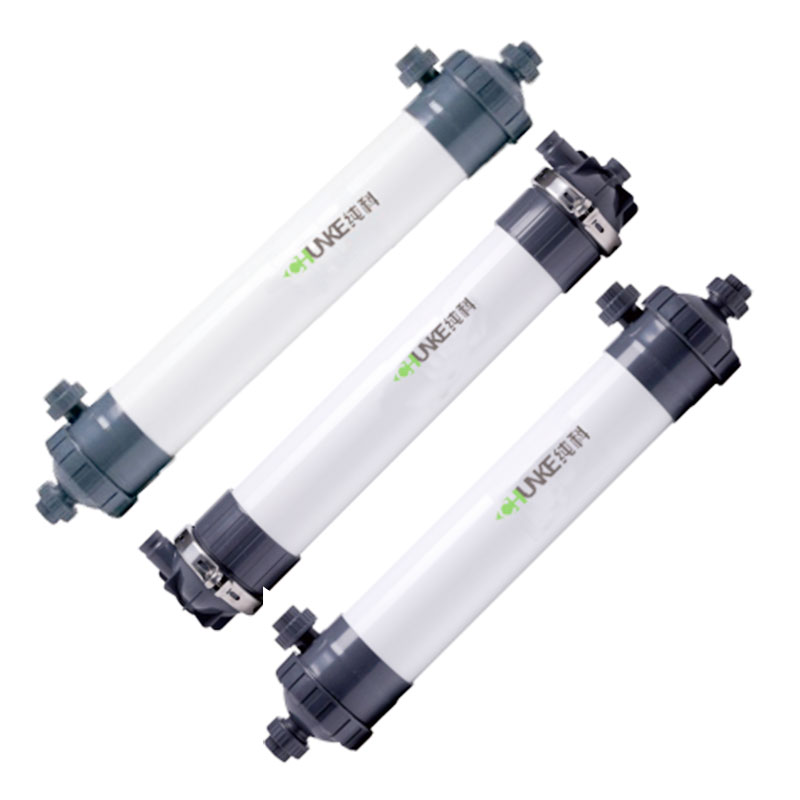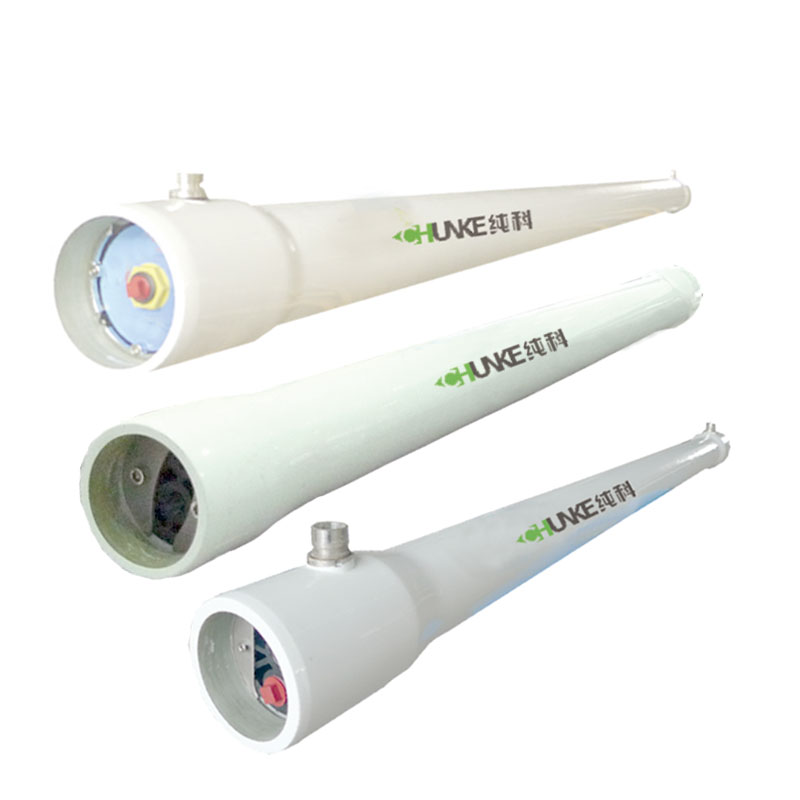How Often Should Reverse Osmosis Membranes be Replaced?
The role of the reverse osmosis membrane: The reverse osmosis membrane drives water through the membrane pores through high pressure to separate water molecules from dissolved solids and other impurities, thereby purifying water. It can remove harmful substances such as heavy metals, minerals, pesticides and salts from the water, providing people with clean and safe drinking water.

How often should reverse osmosis membranes be replaced?
The replacement cycle of reverse osmosis membrane is usually every 1 to 2 years. This is because over time, various contaminants such as heavy metals, minerals, pesticides, and salts in the water accumulate on the surface of the reverse osmosis membrane. These contaminants will reduce the filtration efficiency of the reverse osmosis membrane, resulting in reduced water quality. Therefore, regular replacement of reverse osmosis membranes can maintain the stability and efficiency of the water purification system.
The service life of the reverse osmosis membrane also depends on the quality of the water source and the operating conditions of the purification system. If there are fewer contaminants in the water source and the purification system is operating in good conditions, the life of the reverse osmosis membrane may be extended. Conversely, if there are more contaminants in the water source, or the purification system is operating under poor operating conditions, the reverse osmosis membrane may become contaminated more quickly and need to be replaced more frequently.
Why does reverse osmosis membrane need to be replaced regularly?
As the use time increases, various impurities, such as scale, microorganisms, etc., will gradually accumulate on the surface of the reverse osmosis membrane, causing the pore size of the membrane to become smaller, reducing the channels for water molecules to pass, thus affecting the purification effect. Long-term use will cause the reverse osmosis membrane material to age, reducing its elasticity and toughness, making it prone to breakage and leakage, and thus affecting the stability and safety of the system.
What are the factors affecting the replacement cycle of reverse osmosis membrane?
The replacement cycle of the reverse osmosis membrane is affected by many factors, including water quality conditions, the operation of the water treatment system, and the use environment. First of all, water quality is one of the key factors that determine the replacement cycle of the reverse osmosis membrane. If the water contains a large number of pollutants, such as heavy metals, minerals, pesticides and salts, the life of the membrane will be greatly shortened. Secondly, the operation of the water treatment system will also affect the service life of the membrane, such as operating time, operational stability, etc. Finally, the cleanliness and maintenance of the use environment will also have an important impact on the life of the membrane.

How to tell when the reverse osmosis membrane needs to be replaced?
First, observe the working pressure of the water treatment system. When the filtration efficiency of the reverse osmosis membrane decreases, the system needs to add more pressure to achieve normal filtration, which causes the system's working pressure to increase. Therefore, by monitoring changes in the working pressure of the system, membrane problems can be discovered in time and replaced.
Secondly, check the water quality regularly. The filtration effectiveness of a reverse osmosis membrane can be evaluated by regularly testing water quality, specifically measuring the concentration of dissolved solids and salts. If the water quality exceeds the specified standards, there may be a problem with the membrane and it needs to be replaced.
What are the effects and precautions of reverse osmosis membrane replacement?
When replacing the reverse osmosis membrane, you need to pay attention to selecting the appropriate membrane type and specifications to ensure that it matches the original system and avoid incompatibility or unsuitability. At the same time, you need to pay attention to the operating specifications when replacing the membrane to ensure that the replacement process will not cause damage or contamination to other components of the system. Timely replacement of the reverse osmosis membrane can ensure the normal operation of the water treatment system, improve the water purification effect, and ensure the stability of production water quality. Delay in replacing the reverse osmosis membrane may lead to unstable system operation, reduced water quality, and affect the normal progress of industrial production.
How to extend the service life of reverse osmosis membrane?
In order to extend the service life of the reverse osmosis membrane, you need to pay attention to the following points. First, regularly maintain and clean the water treatment system to ensure stable operation of the equipment. Secondly, monitor water quality regularly and make timely adjustments if abnormal conditions are found. In addition, regularly check the operating status of the reverse osmosis membrane, such as pressure changes, flux changes, etc., so that problems can be discovered and dealt with in a timely manner. Finally, be careful to avoid operating the reverse osmosis system under highly concentrated salt water conditions to avoid damage to the membrane.

How to choose a suitable reverse osmosis membrane?
Four key factors in choosing a reverse osmosis membrane: 1. Consider the quality of the water source, 2. Consider the scale and use environment of the water purification system, 3. Consider the performance indicators of the reverse osmosis membrane, 4. Consider the brand and quality of the reverse osmosis membrane
1. Consider the quality of the water source
Water quality may vary from water source to water source, such as hardness, contaminant content, etc. Selecting a reverse osmosis membrane based on the characteristics of the water source can best meet the needs of water purification.
2. Consider the scale and usage environment of the water purification system
Different sizes of water purification systems may require different specifications of reverse osmosis membranes to accommodate their treatment capabilities. At the same time, factors such as temperature and pressure of the use environment will also affect the selection of reverse osmosis membranes.
3. Consider the performance indicators of the reverse osmosis membrane
Indicators including membrane filtration efficiency, removal rate, flux, etc. are all factors that need to be considered when selecting a reverse osmosis membrane. According to the requirements of purified water and system operating conditions, selecting a reverse osmosis membrane with excellent performance can ensure the effect of water purification.
4. Consider the brand and quality of the reverse osmosis membrane.
Choosing a well-known brand and a reverse osmosis membrane with a good reputation can improve the stability and reliability of the system and reduce the cost of later maintenance and replacement.
The replacement cycle of the reverse osmosis membrane is one of the important guarantees to ensure the stable operation of the water treatment system and the safety of water quality. Understanding the influencing factors of the replacement cycle and taking effective measures to extend the service life of the membrane is of great significance to ensuring water quality safety and normal operation of equipment.






